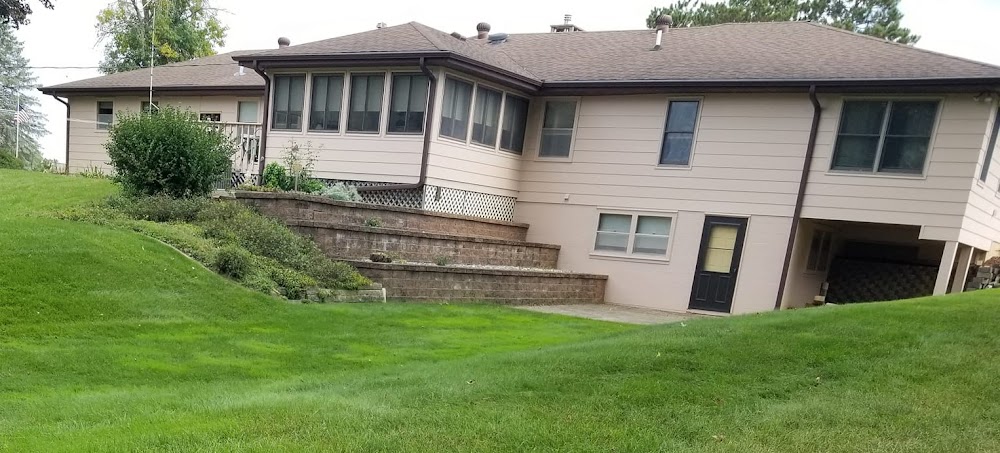 |
| Uncle Carl center with rifle and pipe and some men of the 809th Battalion, US Army, 1942 Ft Hood TX |
Flash forward to 1990 when the 809th had their annual reunion at Ft. Hood Texas. I believe that was the last reunion Carl attended, for there are no more reunion photos among his collection. Below is the postcard he'd saved from the trip, a very different looking Ft. Hood from today and very different from what they saw in 1942.
 |
| 1990 Postcard of Ft. Hood, Killeen Texas |
Well the reunion in 1990 shows the men gathered in front of their memorial which I understand remains on the base. I do wish Uncle Carl had named these men. He is the man standing, 2nd from the left wearing the yellow cap. I wonder if any of these men were in the 1942 photo.
 |
| 1990 Ft Hood TX 809th reunion |
Today the website about this Army post is http://www.hood.army.mil/newcomers.hood.aspx As I researched , I learned a lot about it's history; the following is taken from Wikipedia:.... Fort Hood, a United States military post located outside of Killeen, Texas was named after Confederate General John Bell Hood who was the commander of Hood”s Texas Brigade. It is located halfway between Austin and Waco, about 60 miles (97 km) from each. Its origin was the need for wide-open space to test and train with World War II tank destroyers. The War Department announced the location in January 1942, and the initial completion was set for that August. As originally constructed, Fort Hood had an area of 158,706 acres, with billeting for 6,007 officers and 82,610 enlisted personnel.
World War II, tank destroyers were developed to counter German mobile armored units. These were mobile anti-tank guns on armored halftracks or specially developed tanks. Wide-open space was needed for the tank destroyer testing and training, which Texas had in abundance. Andrew Davis (A.D.) Bruce was assigned to organize a new Tank Destroyer Tactical and Firing Center, and he chose Killeen, Texas for the new camp. About 300 families had to move from their homes to make room for the camp area. Whole communities were uprooted. To lessen the pain of moving, the Army agreed to allow land to be used for grazing for a nominal grazing fee. This grazing arrangement still continues today.
In January 1943, an additional 16,000 acres (65 km²) in Bell County and 34,943 acres (141 km²) in Coryell County near Gatesville, Texas were purchased. The site near Gatesville was known as the sub-camp and later as North Fort Hood. During the war years, North Fort Hood housed nearly 40,000 troops and 4,000 prisoners of war, and was the site for the southern branch of the United States Disciplinary Barracks.
At the end of 1942 there were about 45,000 troops living and training at Camp Hood which reached its peak population of almost 95,000 troops in late June 1943. In 1944 the number of tank destroyer battalions in training at Camp Hood declined rapidly replaced by field artillery battalions and the Infantry Replacement Training Center in March 1944. The total camp population on the last day of 1944 was 50,228.
The last year of World War II saw a major shift of emphasis in Camp Hood's mission and a drastic reduction in population. As the war came to an end, the training of troops slowed and equipment reclamation and demobilization planning became the priorities. A separation center was established in September 1945, and as the year ended, post strength had fallen to 1,807 prisoners and about 11,000 troops.
This is my Sepia Post for this week. Click on the title to this to go to the host site and check what others are sharing this week.












